The Nike logo: a history
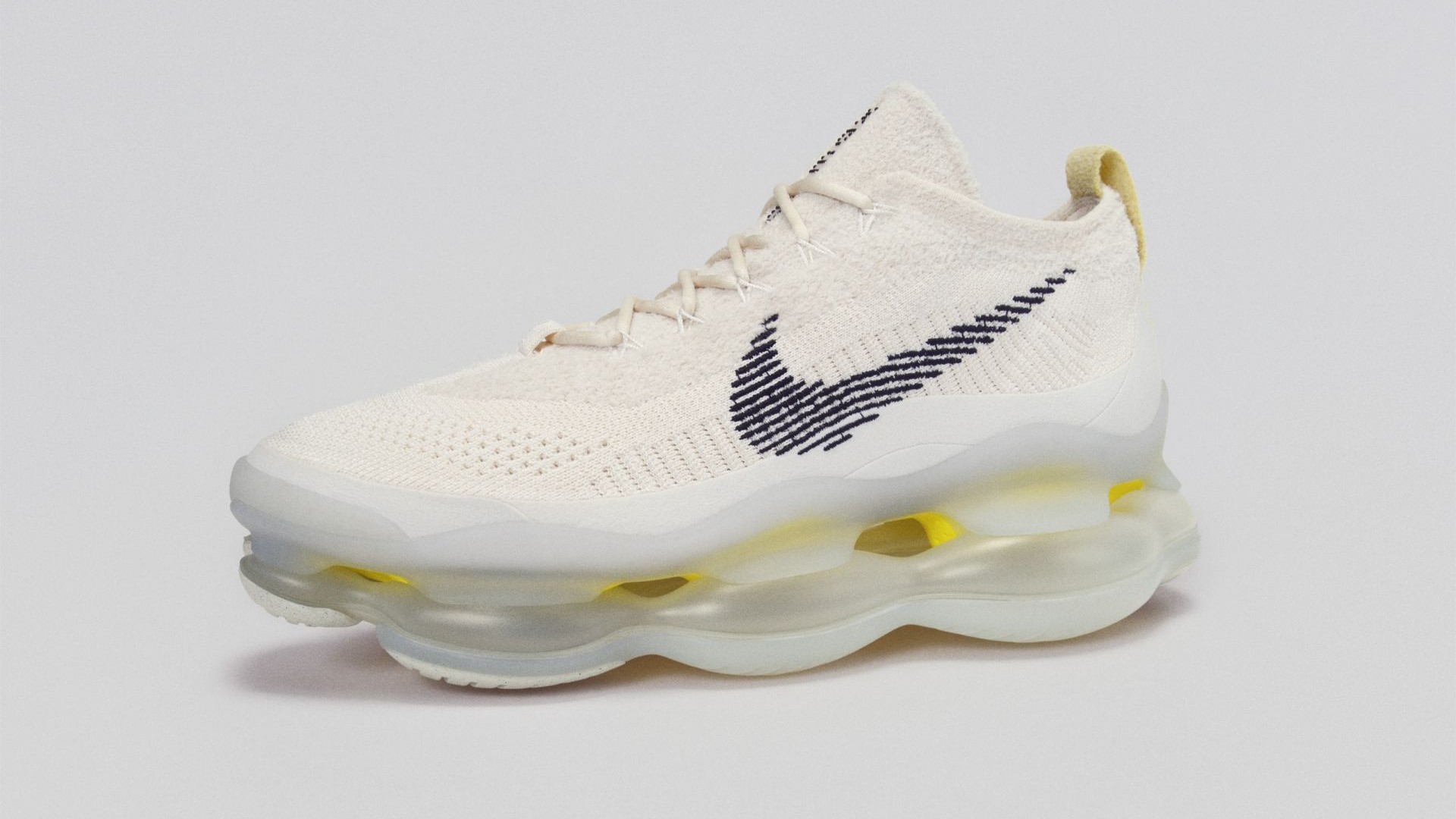
If you had to pick a contender for the world's most recognisable logo, Nike's famous 'Swoosh' design would at least be on the shortlist. Though Nike has embarked on many collaboration logos (such as A'ja Wilson's recent design, which divided critics), its main mark has been steadfast for years – but it hasn't always looked like it does now.
The company, which was founded in 1964, began life as Blue Ribbon Sports, and had a completely different design to match. Then, when they changed their name to Nike in 1964, came the famous Swoosh. Unusually, this iconic sports logo was created by a graphic design student at Portland State University, Carolyn Davidson, and was chosen from a number of different options presented to the company's co-founder, Phil Knight. According to Nike's website, upon first seeing Davidson's design, Knight said: "I don't love it, but it will grow on me." (A good thing too, given we think it's one of the best logos of all time.)
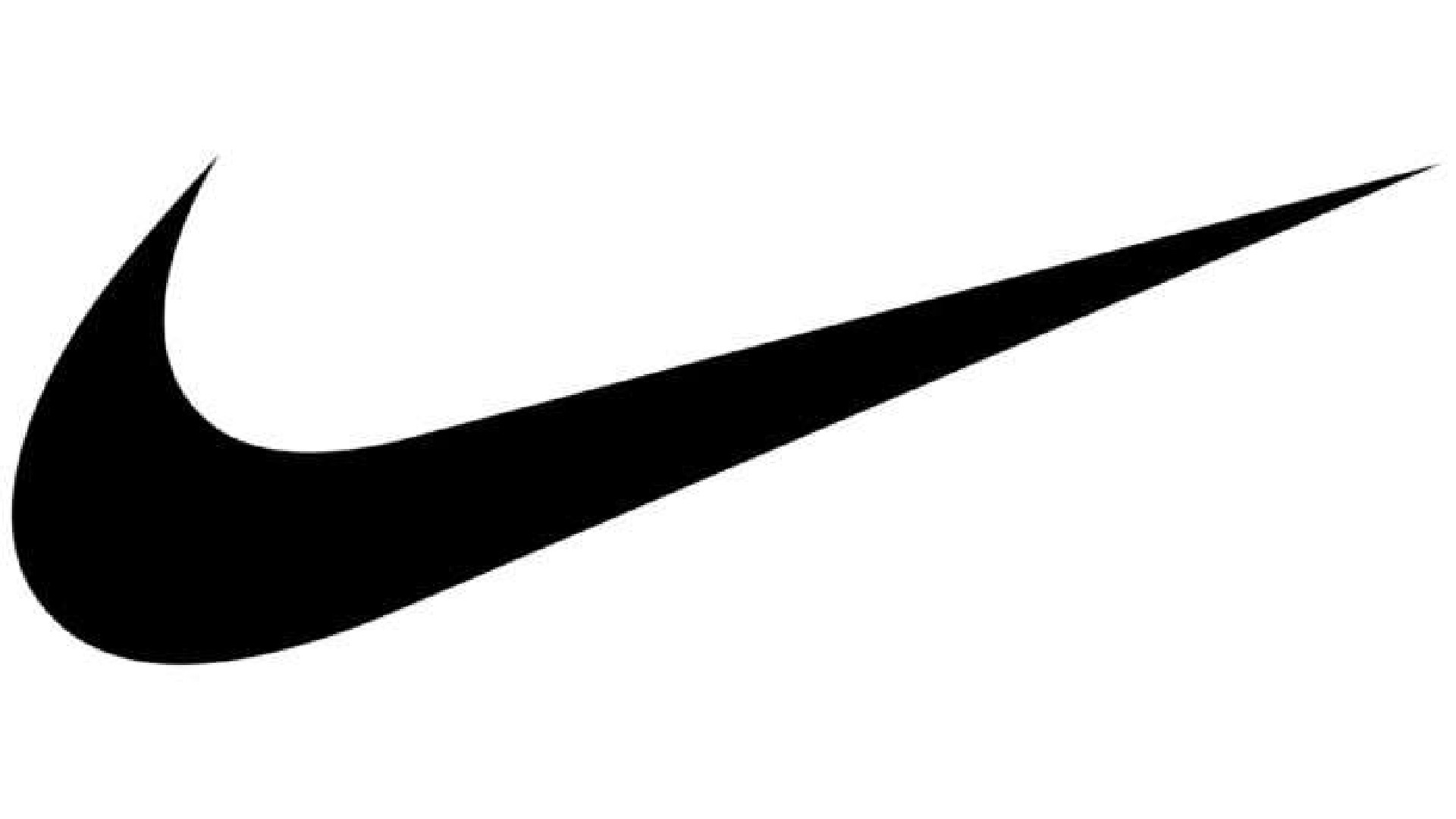
The design was first used on the Nike Cortez, one of its first running shoes. Knight famously paid Davidson a mere $35 for it, the equivalent of $257.54 in today's money. But then in 1983, in a bit of astute PR, Knight gave her a gold swoosh ring embedded with a diamond and an envelope containing Nike stock.
Knight reportedly told Davidson that the logo reminded him of the wing of the goddess Nike in Greek mythology, which was the inspiration for the company's name. These days, though, Nike is less about promoting fierce competition than fun and inclusiveness. Thankfully, the logo also works as a general symbol of positivity, so it functions just as well in the 21st century as it did in the 20th.
As such, the Swoosh has remained largely unchanged since its creation, but has been used in a variety of different forms over the years, which we detail below. (Most recently Nike and Tiffany & Co. have collaborated on branding.)
The Nike logo history: 1964-71
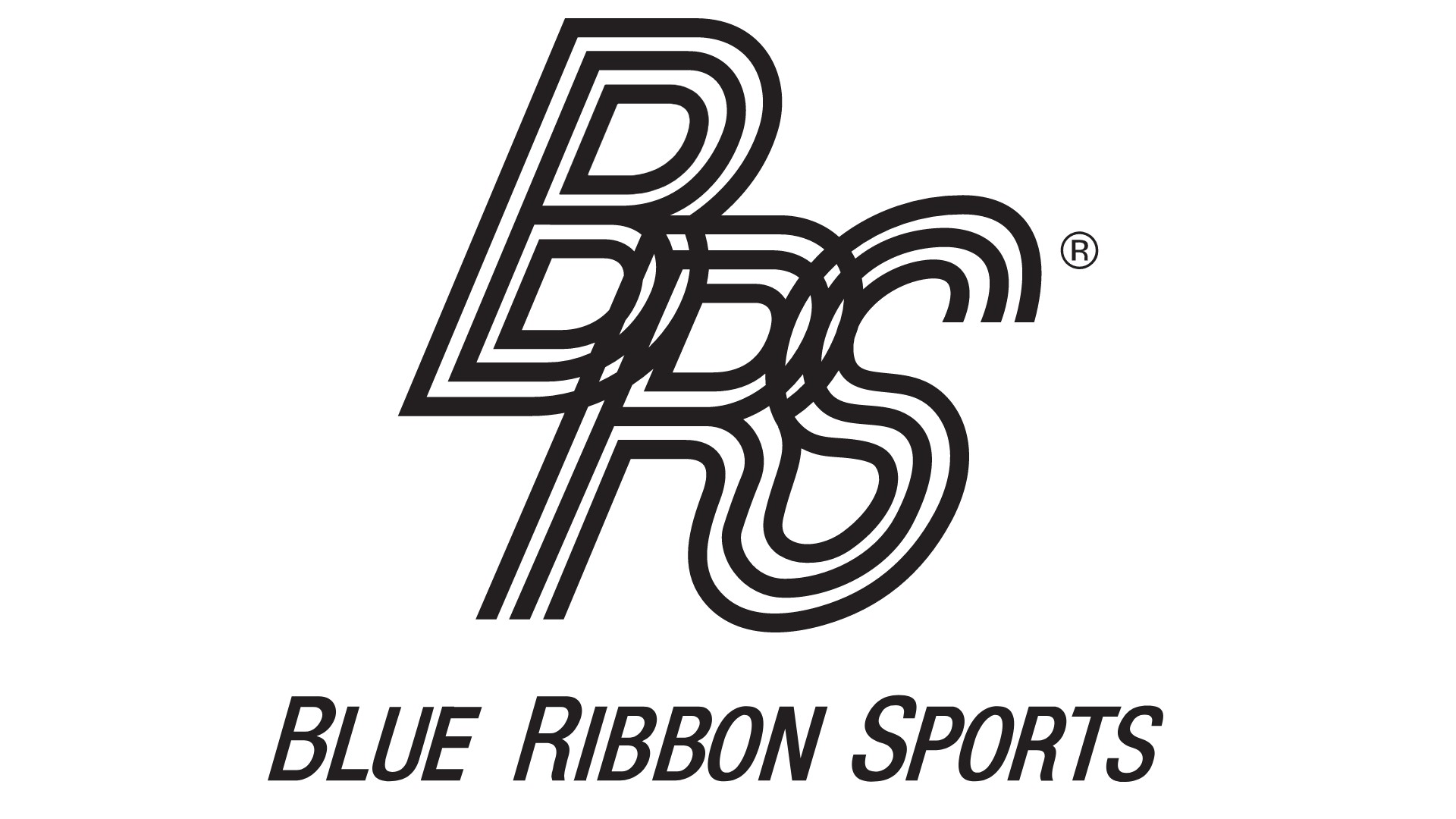
Nike as a company began life in 1964 as Blue Ribbon Sports. Headquartered in Beaverton, Oregon, the sportswear firm was founded by Bill Bowerman, a track-and-field coach at the University of Oregon, and his former student Phil Knight. The logo was a set of interlacing letters (BRS) with the full name of the company underneath. In retrospective, the three letters aren't super-legible, and this design probably wouldn't pass muster today, but at the time it was perfectly serviceable.
The Nike logo history: 1971-1978
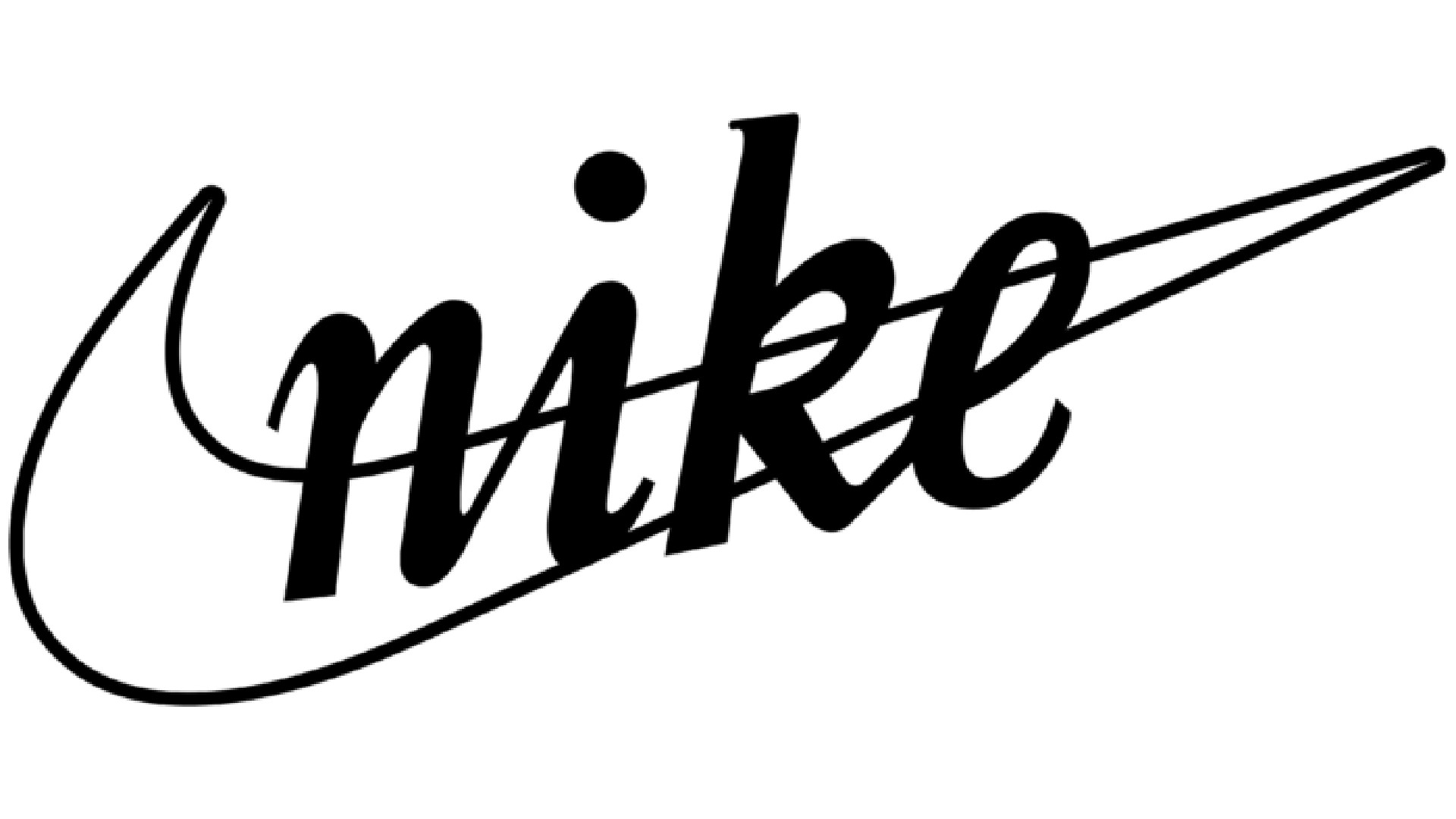
On May 30, 1971, Blue Ribbon Sports officially became Nike, a name inspired by the Greek goddess of victory. As such, the correct pronunciation is two syllables (nai-kee) rather than one: it should not be pronounced like 'bike'.
Daily design news, reviews, how-tos and more, as picked by the editors.
As we mentioned above, Carolyn Davidson designed the Nike 'Swoosh' (also popularly known as a 'tick' or 'checkmark', depending on which side of the Atlantic you are) back in 1971. Of course, back then no one would have recognised the brand from the symbol alone, so 'Nike' was also written over the top in lower-case script.
The Nike logo history: 1978-1985
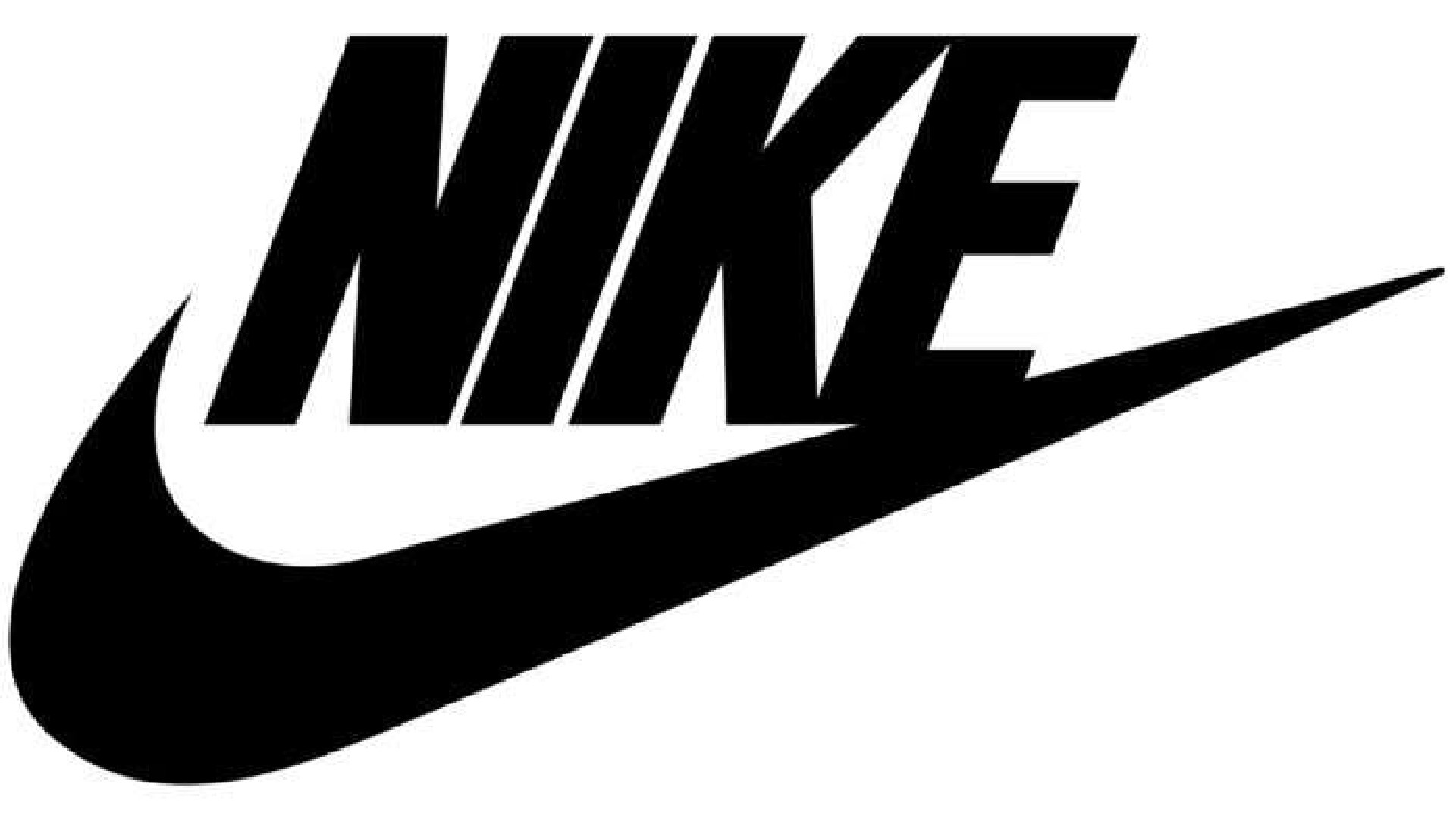
In 1978, the Swoosh switched from a line drawing to a solid, black checkmark and the Nike wordmark went from a cursive script to italic, all-caps in Futura Bold. This new mark was much more geometric and imposing, and the edge of the last letter was blended into the swoosh’s tail.
The Nike logo history: 1985-1995
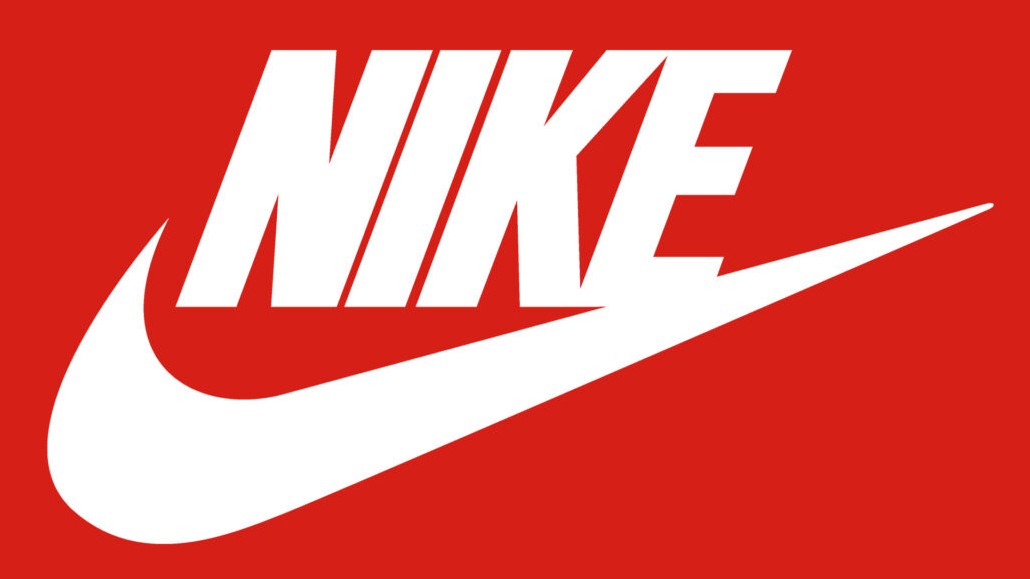
In 1985, the Nike logo from 1978 got a colour change, with the lettering and Swoosh going white against a red background. From 1988 onwards, this was often teamed with the new Nike motto, 'Just Do it' – although this phrase has often been swapped out for others for specific campaigns such as "Only Basketball" and "A Feel for Every You. Below you can see the very first TV commercial that "Just Do it" appeared in conjunction with the logo.
The Nike logo history: 1995-present

By 1995, Nike's Swoosh was so well known, it could afford to drop the wordmark altogether and just use the symbol logo alone. This also made it easy to embed or embroider it onto Nike shoes and clothing.
A further advantage of a symbol-only logo (aka brandmark or emblem) is that it's instantly recognisable around the world, regardless of language. That's of obvious benefit to Nike, which likes to think of itself as a brand without borders. Furthermore, a symbol helps to form a psychological connection to the brand, as people's brains responds on a deeper, more instinctive level to images than text. (For more on this, see The 5 basic types of logo and how to use them).
For all these reasons, we'd consider this design one of the logos we never want to see changed, and we'd expect that Nike feels the same. Given that the sportwear company is currently valued at $149 million, making it the 49th most valuable company by market cap, the phrase 'If it ain't broke...' comes to mind. And of course, Nike also has the iconic Jordan Jumpman logo.
For further insights into famous logos were created, see our articles on the Google logo history and the logo history of YouTube. We've also got pieces on the Apple logo story and the logo history of Coca-Cola. Finally, if you're inspired by the idea that anyone can create an iconic logo, read our guide to how to design a logo to get started with your own creations.

Tom May is an award-winning journalist specialising in art, design, photography and technology. His latest book, The 50 Greatest Designers (Arcturus Publishing), was published this June. He's also author of Great TED Talks: Creativity (Pavilion Books). Tom was previously editor of Professional Photography magazine, associate editor at Creative Bloq, and deputy editor at net magazine.
